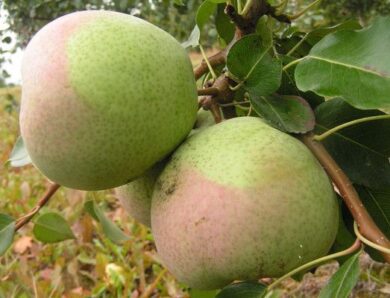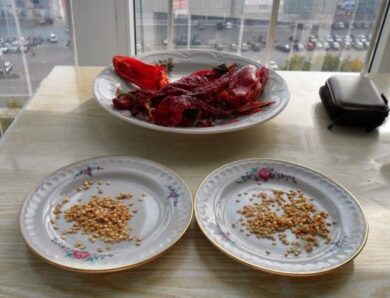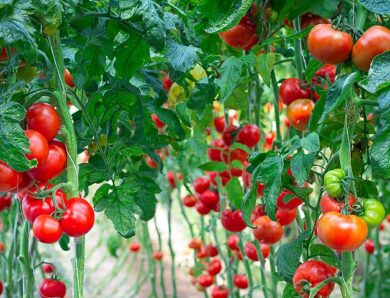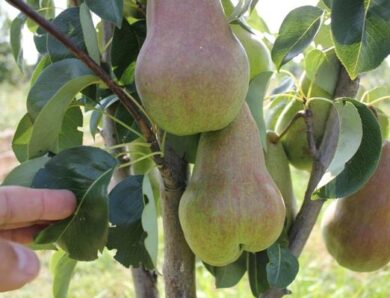Horned watermelon: description and features of growing kivano
The desire to pamper yourself with something exotic is growing every year. And to be honest, now it's pretty easy to do. In any supermarket, sometimes even on the market, you can find unusual foods from Africa, Australia and other distant continents. Marakuya, mango, avocados have become quite common for our holidays, and sometimes everyday tables. Recently, a bizarre fruit called kivano has become increasingly popular, or as it is popularly called - horned melon.
description of culture
African cucumber, Anguri, African or jelly melon - all these are different interpretations of the name nodded. The homeland of the fruit is considered to be Africa, but sometimes argue, that Anguri came to us from New Zealand. The most pleasant climate for full development is in North America, Colombia, Israel and Africa. But with the right agronomic approach, the amazing fruit will give a bountiful harvest in European countries. Kiwano is a herbaceous melon, liana annual plant, close relative of cucumber. Liana grapes, dotted with yellow flowers and with large leaves, under favorable conditions reach a length of about 4 m.
African elliptical fruit pale green, covered with unusual, large spikes. The fruit turns bright orange during ripening. In length and diameter close to the cucumber. Fetal weight varies from 40 to 350 m With fertility in the nod everything is fine: on one plant is tied close 50 fruits. The fruiting period begins in mid-summer. During storage, the fruits acquire a rich yellow-orange color.
Growing from seed
Once an African cucumber is able to please such a rich harvest, the question arises: how to grow kiwano at home from seed? The process of growing kiwano takes place in several stages: Seed preparation. It takes a month to start cooking the seeds before planting in the open. It is best to plant in early May. You need to soak the seeds in a solution to stimulate growth.
Landing in pots. Once the seeds swell, place them in prepared pots with a diameter of about 9 cm, filled with nutritious soil mixture. Keep the seedlings in a warm place for at least a couple of weeks. Choice of place. Exotic fruit requires space, protected from strong winds and direct sunlight. Although this fruit is accustomed to the hot African climate, direct sunlight will instantly cause burns on the leaves. It is also convenient to place the plant near a fence or gazebo, so that the vines do not need to be tied up.
Landing in the ground. After the frosts have finally passed, start planting sprouted seeds in the soil. Plant the fruit in a couple of rows with a distance of about half a meter between them. Further care. As the plant grows, tie it with twine to the vertical columns.
This exotic cucumber loves to feed. So stock up on herbal infusions, diluted chicken manure. The plant has this nature of growth, which implies pinching. Therefore at thickening it is necessary to pinch lateral shoots.
How to eat it
In Africa, this product partially solves the problem of nutrition. The amazing cucumber is used there as the main product of the dish, and sometimes as a snack. The taste of the jelly-like fruit is very difficult to describe: it is a mixture of shades of lemon, banana, cucumber and zucchini. The fruit is quite fragrant, but for lovers of sweets you can sprinkle it with sugar. The raw product can be cut in half and eaten with a spoon, and you can suck out the pulp, throwing out seeds.
African cucumber can be used in salads, with salt, pepper and lemon juice. The unusual taste of the nod gives cocktails, jam. The fruit goes well with meat dishes. Because nodded fruit is stored for a long time, its skin can be used as decorative plates. Horned melon is often recommended for the diet menu, after all fruit on 90% consists of water. It is full of minerals, vitamins A, C and group B. Also, the fruits of the nod are useful for those, who has diseases of the gastrointestinal tract and cardiovascular disease, due to the high potassium content.
Video "Nodded or horned melon"
In this video you will hear the characteristics of Kiwano melon.




